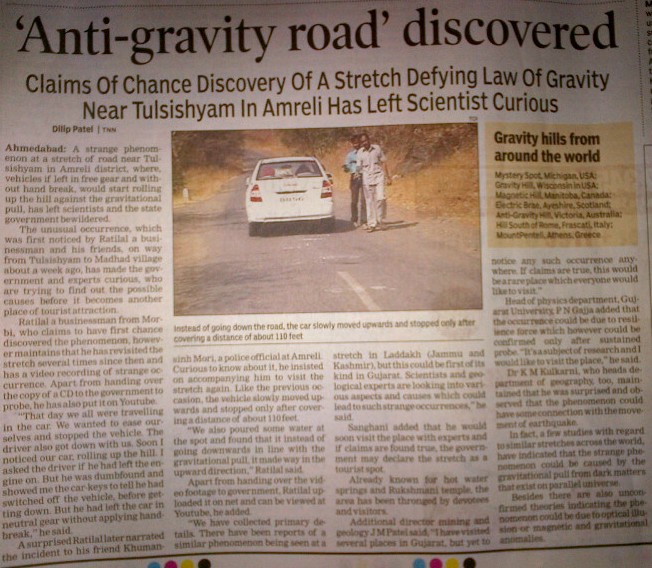With the last transit of Venus of the 21st century weeks away, authors trace how this rare event sparked international scientific collaboration in 1761
AT THE Large Hadron Collider, where subatomic-particle collisions at unimaginable energies lay bare the fundamental structure of matter, more than 3000 physicists from about 40 countries work shoulder to shoulder. Large-scale international collaborations are such a part of modern "big science" that few people ever wonder when and how they began. The answer is 1761 when, for a moment, the warring European powers put aside their differences to work together on the LHC project of their day: the observation of the transit of Venus.
Every century or so, the tiny black disc of the planet Venus passes, or transits, across the face of the sun. In fact, it does it twice, eight years apart. Nothing to write home about, you might think. But in 1716, Edmond Halley realised that the event was of truly cosmic significance. It had the potential, he wrote, to reveal the scale of the solar system - the 18th-century universe.
Astronomers already knew the relative distances of the planets from the sun because Johannes Kepler's third law of planetary motion - explained by Newtonian gravity - related distances to orbital periods, which were straightforward to measure. But, to turn relative distances into true distances, what was needed was one absolute measurement - for instance, of the distance of the Earth from the sun. This was the incredible promise of the transit of Venus.
Looking at an object first with one eye, then the other, reveals its distance: your finger held close moves a lot; whereas your finger at arm's length hardly at all. The problem with the sun, unlike your finger, is it is a big and ill-defined object. Crucially, however, the black disc of Venus at the very moment it touches the edge of the sun is not. To use this "parallax method" to estimate the distance of the sun all that is necessary is to observe and time the transit from widely separated locations on the Earth.
Easier said than done. In these two truly excellent books, Mark Anderson and Andrea Wulf tell the rip-roaring tales of the numerous expeditions that set off around the globe to observe the Venusian transit of 1761. Anderson writes as if the reader is on the very shoulders of the adventurers as they sledge across the icy wastes of Siberia or sail across uncharted oceans. If Wulf's approach is a slightly more sober one, both authors communicate the verve and energy - not to mention the perilous nature - of the expeditions. Mimsy scientists did not apply. Wrestling alligators for a living had nothing on being an 18th-century astronomer, risking life and limb on a daily basis.
Unfortunately, the observations of 1761 were disappointing, which set things up for a rerun in 1769. Among the scores of adventurers was Captain James Cook, heading to the Pacific island of Tahiti, newly discovered by the Europeans. Not only would Cook find a fresh-vegetable-and-sauerkraut cure for scurvy, he also discovered the lush east coast of New Holland (now Australia). All of the expeditions combined led to a single number: 93,000,000 miles, the average distance between the Earth and the sun.
In 1772, the French astronomer royal, César-Francois Cassini de Thury, wrote: "It won't be until 2012 that the transit of Venus will be nearly as advantageous as it was in 1769." Well, it is 2012 now. Go to a hardware store and buy yourself a sliver of shade 14 welding glass. Then, on 5 or 6 June, without having to take any of the risks faced by 18th-century astronomers, witness from your doorstep one of the great wonders of the scientific world: the last transit of Venus of the 21st century.
For Daily GK Updates Like Facebook











::::Your Comments are Valuable for Us-Post your queries below::::.